History
Domaine du Pegau
Cuvée Réservé Châteauneuf-du-Pape Red Rhone Blend 2010
On the eye it’s definitely showing some age and sediment. The nose is dusty, leathery, and smokey with blueberry and plum. The pallet is earthy and well integrated upfront. No outliers just beautiful flow: mushroom, game, dark fruit, some vanilla, still bold, low alcohol, medium tannic and round finish.
This bottle and I have history; after ten years of carrying it, babying it, and nurturing it. I decided to pop it open for my forty second nameday. Could have gone several more years, easy, but it was perfect timing for me, and this is why I love wine. Cheers. — 4 years ago
Château Haut-Brion
Pessac-Léognan Red Bordeaux Blend 1926
Tasted blind. Dark reddish brown color, port-like in color and in the nose. Notes of raisins, molasses, tobacco. What is this? While it seems like it could be Madeira, the impact in the mouth and the tastes in no way resemble that. Someone threw out the guess that it could be really old Bordeaux. Yep. Drinking some history tonight! — 6 years ago
Château Clos L'Eglise
Pomerol Merlot - Cabernet Franc Blend 2009
I have a history with this wine as it was an early love for me circa 1999 off a wine list at Aureole (the original Aureole). In haven’t had it in almost as many years and so a I grabbed a few bottles of 09. I don’t drink a lot of Bordeaux anymore but this seems to display more earth and less fruity to me than I expected. Bold alcohol content. Still showing some sharp edges. I like this wine but my 25 year old self had a very different palate. — 6 years ago

Deepwood Cellars
San Luis Obispo County History Library Blend Red Blend 2013
... works perfectly for our palate — 7 years ago

Hendricks Wines
Gold Ranch Cabernet Sauvignon 2009
On the nose, ripe, ruby, fruits of; mulberry, blackberries, black raspberries, black plum, plum, black cherries, blueberries & creamy raspberries. Vanilla, hints of sweet tarriness, black licorice, whiff of spice, soft understated limestone minerals & crushed rock powder, fruity black tea, hint of fresh herbaceousness, rich, black turned earth, fresh dark floral bouquet and fields of lavender & violets.
The body is rich, ripe & full. The tannins are a little sticky but well softened, round and a touch chewy. The structure, tension, length, balance, tension and balance are very close to perfect and harmonious. Fruits are; mulberry, huckleberry, blackberries, black raspberries, black plum, plum, black cherries & creamy raspberries. Vanilla, hints of sweet tarriness, black licorice, whiff of spice, soft understated limestone minerals & crushed rock powder, fruity black tea, hint of fresh herbaceousness, rich, black turned earth, fresh dark floral bouquet and fields of lavender & violets. The acidity is round and rains like a waterfall perfectly over the palate. The very long, ruby, rich, well balance lasts minutes and is absolutely heavenly. Gorgeous, elegant, stunning wine.
Photos of; the vertical tasting we attended of all Hendricks Cabernets; 04, 05, 09 & 12 at the time w/ one of our favorite paintings in the background, Charles Hendricks working in the cellar, very old rootstock from the Stag’s Leap Vineyard where the fruit to make this wine normally comes from and a wide shot of the Stag’s Leap Vineyard.
Producer notes and history...Hendricks Cabernet Sauvignon is consistently sourced from a few of Napa Valley’s finest vineyards. In those near perfect vintages, Charles only makes a small production wine of around 250-300 cases. Charles only produces it when he has exception fruit. He’s made Hendricks Cabernet in; 2004, 2005, 2009, 2012 & 2014. Notice he didn’t make Hendricks Cabernet in a great vintage year like 2013. He wasn’t happy enough with his fruit in 2013 to put his name on it. That says a lot and maybe all you need to know about his standard for quality. I do know what wine his 13 fruit made as I’ve had and it’s an unbelievable wine for far less money.
Charles also makes a fantastic Pinot Noir from the Santa Lucia Highlands that is really quite amazing. Especially, if you give it 5 or 6 years in bottle. All his wines are sold exclusively through the Hope & Grace tasting room in Yountville as he is also the Hope & Grace Winemaker.
Charles graduated in 1982 from UC Davis in viticulture. He was also able to tailor his own curriculum and was one of the earliest to integrate winemaking and viticulture course work. Having knowledge of both viticulture and enology forms the basis for his well-rounded winemaking.
Over the years Charles has worked in both Napa and Sonoma Counties, gaining hands on experience in all aspects of winemaking. He has a strong reputation for excellence. In his career, he’s been a consulting winemaker for many wineries; Viader, Barnett Vineyards, Paoletti Vineyards, Regusci Winery, James Cole, T-Vine and Tamayo family Vineyard.
I asked Charles, “how does he make wines that are amazingly good in their youth but will age effortlessly for 15-20 years?” His answer was simply this, “its not that hard, you just have to know the perfect time to harvest fruit.” I would agree with that to a degree. But, you also have to know how to gently guide fruit onto it’s path into the barrel and not get in the wine’s way or overwork the process. — 8 years ago
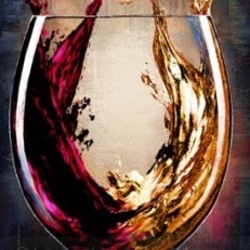
Billecart-Salmon
Brut Rosé Champagne Chardonnay Blend
Second wine we tasted after our tour at Champagne Billecart-Salmon. Our tour guide was excellent and very knowledgeable about the domains history and all the wines.
Copperish pink and very lively. Layered nose with roses, strawberries, light raspberries, strawberry crème, and a little herbal. High acidity (7/10) but balanced with a slightly smooth mouthfeel. Layered with strawberries, tropical fruits, kiwi, grapefruit and melon. Very fresh and crisp. Medium to medium plus body with a long finish. Drink till 2024.
Made with a minimum of 40% Chardonnay with the remainder split between Pinot Noir and Pinot Meunier of which 5 to 8% is from red wine. Aged for around 3 years on the lees.
Thanks @David L for introducing us to this stunning producer! — 8 years ago


M. Chapoutier
Monier de La Sizeranne Hermitage Viognier Blend 2016
History of Chapoutier family dates back to the early 19th century when current owner Michel Chapoutier’s great-, great-, great-grandfather Marius purchased estate & famous l’Hermitage vineyards. Medium Ruby with aromas of rich red/black fruits and spice, 16 months in 25% new French oak. On the palate raspberry, cherry & black currant flavors with notes of oak. Soft dusty tannins, well balanced ending with fruit, spice and cedar. Very nice! I wouldn’t age long, great now! — 3 years ago
M. Chapoutier
Monier de La Sizeranne Hermitage Syrah
History of Chapoutier family dates back to the early 19th century when current owner Michel Chapoutier’s great-, great-, great-grandfather Marius purchased estate & famous l’Hermitage vineyards. Medium Ruby with aromas of rich red/black fruits and spice. On the palate raspberry, cherry & black currant flavors with notes of oak. Firm tannins, well balanced ending with fruit, spice and cedar. Very nice! Tasting Sample. Has lots of room to bottle evolve. — 4 years ago

Inglenook
Cask Napa Valley Cabernet Sauvignon 2012
A bottle that I had forgotten about in my cellar. Curiosity got the best of me as I think 2012 Napa cabs are entering a sweet spot.
This deserved a decant, honestly. Consumed from the bottle over the course of an hour or so, and the last glass was the best. I wouldn’t say this is an old school cab (although their history is), I’d say this is more in between old school and modern. Something for everyone to enjoy here. Aromatically, this was very floral...potpourri, slight note of herbs and just starting to channel a bit of secondary notes (tobacco, bay leaf). It sports a beautiful red/purple/black color variation in the glass with some translucence. On the palate, very classic...tar, kirsch, black currant, mocha, dark chocolate covered black cherries, and some baking spices toward the finish. The finish here really is starting to integrate as there is no harsh tannin or overt oak. Not quite warm vintage left bank Bordeaux, but trending that direction style wise. If opening now, decant 2-3hrs, or hold for another 3-5yrs easily to enjoy this drinking window. — 5 years ago
Orin Swift Cellars
Abstract Grenache Blend 2016
History dates back to 1995 when on a lark, David Swift Phinney took a friend up on an offer & went to Florence, Italy to spend a semester “studying”. During that time, he was introduced to wine, how it was made, & got hooked. A Grenache, Syrah & Petite Sirah blend. Aromas of fresh ripe red fruits with floral & spice. On the palate flavors of cherry & raspberry with cacao & espresso notes on sweet savory soft tannins, well balanced, lingering finish ending with fruit & toasty oak. Nice! Consistent Quality! — 7 years ago
Château Brane-Cantenac
Grand Cru Classé en 1855 Margaux Red Bordeaux Blend 2005
I have a six-pack of this 05. I thought after 10 years in bottle, it would be interesting to check in on its evolution. While tasty, I’ll wait another 8-10 to open another. Even after 2-3 hours in the decanter, it’s still a very young adolescent. On the nose, slightly sour blackberries & dark cherries, dark currants, baked black plum, haunting blue fruits, anise, whiff of spice, steeped tea, dry stones, dry crushed rocks with dry top soil, caramel, vanilla with fresh & dry red florals. The body is thick & full. Tannins are starting to round out. It’s velvety on the palate. The fruits are; bright, fresh & ripe and really show the greatness of the 05 vintage. Dark currants, blackberries, dark cherries, baked black plum, haunting blue fruits, baked strawberries, cherries, raspberries on the long set, dark spice, clay & loamy dry top soil with crushed rocks, dry stones, cigar with ash, graphite, dry stems, slight herbaceous character, mint, used leather, clove, caramel, vanilla, fresh & dry red florals with violets. The round acidity is about perfect. The structure and length are still strong. The balance is in harmony. As for the long finish, it’s lush, ruby, rich and well polished. Photos of; Chateau Brane Cantenac, large wood vats, Henri Lurton and Estate vines. Producer notes and history...Chateau Brane Cantenac began in the early 17th century. At the time, the estate was known as Domaine Guilhem Hosten. Even that far back, wine was produced from the property. In fact, the wine was so highly regarded it was one of the more expensive wines in Bordeaux. It sold for almost as much money as Brane Mouton. This is interesting because of who went on to buy the vineyard in the 1800’s. The Baron of Brane, also known as “Napoleon of the Vineyards”, purchased the Chateau in 1833. At the time of the sale, the estate was called Chateau Gorce-Guy. To get the funds needed to purchase the Margaux vineyard, the Baron sold what is now called Mouton Rothschild, which was at the time of the sale, known as Chateau Brane-Mouton. Not such a good move with hundreds of years in hindsight! In 1838, the Baron renamed property taking his name and the name of the sector where the vineyards were located and called it Chateau Brane Cantenac. The Chateau later passed to the Roy family, who were well-known in the Margaux appellation in those days, as they owned Chateau d’issan. Moving ahead to 1920, the Societe des Grands Crus de France, a group of merchants and growers that owned several chateaux located in the Medoc including; Chateau Margaux, Chateau Giscours, and Chateau Lagrange in St. Julien, purchased Chateau Brane Cantenac. Five years later, M. Recapet and his son-in-law, François Lurton, took over Brane Cantenac along with Chateau Margaux. Lucien Lurton (the son of François Lurton) inherited Brane Cantenac in 1956. Today, the estate is still in the hands of the Lurton family. Brane Cantenac is owned and run by Henri Lurton. After being given the responsibility of managing Brane Cantenac, it was under the direction of Henri Lurton that large portions of the vineyard were replanted. Vine densities were increased, the drainage systems were improved and the plantings were also, slowly changed. The vineyard of Brane Cantenac is planted to 55% Cabernet Sauvignon, 40% Merlot, 4.5% Cabernet Franc and .5% Carmenere. Carmenere was used for the first time in the 2011 vintage. The only other Chateau I know that still uses Carmenere is Clerc Milon. The 75 hectare Left Bank vineyard of Brane Cantenac is essentially unchanged since it earned Second Growth status in the 1855 Classification. At least that is the case with the 45 hectares used to produce the Grand Vin of Brane Cantenac. Those 45 hectares are planted surrounding the Chateau. Those vines are located just in front of the Cantenac plateau and are the best terroir that Brane Cantenac owns. They have other parcels, which are further inland and much of those grapes are placed into their second wine, Le Baron de Brane. Those additional hectares can be divided into 3 main sections. Behind the Chateau, they have 15 hectares of vines on gravel and sand, 10 hectares across the road with sand, gravel and iron and a 13 hectare parcel with gravel called Notton, which is used for their second wine. The vineyard is planted to a vine density that ranges from 6,666 vines per hectare on the plateau and up to 8,000 vines per hectare for the vines located behind chateau, in their sandier soils. The higher levels of vine density are always found in the newer plantings. The terroir of Brane Cantenac consists of deep gravel, sand and clay soil. Experiments in the vineyards are currently looking at becoming more organic in their vineyard management. Today, more than 25% of Brane Cantenac is farmed using organic farming techniques. It is expected that over time, the amount of hectares farmed with organic methods will be increased. Brane Cantenac has gone through 2 relatively recent modernization’s in 1999, when they added began adding the first of their smaller vats to allow for parcel by parcel vinification and then again in 2015 when they completed a much more complete renovation of their cellars and vat rooms. While Brane Cantenac is a traditional producer, they are no stranger to technology as they were one of the first estates to embrace optical grape sorting machines. In very wet vintages, they can also use reverse osmosis. To produce the wine of Chateau Brane Cantenac, the wine is vinified in a combination of temperature controlled, traditional, 22 oak vats, 18 concrete tanks and 20 stainless steel vats that vary in size from 40 hectoliters all the way up to 200 hectoliters, which allows for parcel by parcel vinification. 40% of the fermentation takes place in the oak vats. The oldest vines are vinified in vats that are selected to allow for separate parcel by parcel vinification. The younger vines are vinified more often together in the same vats. However, the Carmenere is entirely micro-vinified, meaning that those grapes were completely vinified in barrel, using micro-vinification techniques. This can also happen because the amount of grapes produced is so small. Some vats can be co-inoculated, meaning they go through alcoholic fermentation and malolactic fermentation simultaneously. At Chateau Brane Cantenac, malolactic fermentation takes place in a combination of French oak tanks and barrels. The wine of Brane Cantenac is aged in an average of 60% new, French oak barrels for 18 months before bottling. The initial 2 months of aging is done with the wine on its lees, which adds more depth to the wine. There second wine is Le Baron de Brane. Le Baron de Brane is not new. In fact, previously, the second wine went under the name of Chateau Notton, which took its name from one of the main parcels where the grapes were planted. During the late 1950’s and into the 1960’s, having a second wine was important as the estate declassified 3 vintages, due to extremely poor, weather conditions in 1956, 1960 and 1963. Production of Chateau Brane Cantenac is about 11,000 cases per year. — 8 years ago

Ridge Vineyards
Pagani Ranch Sonoma Valley Zinfandel Blend 2018
History begins in 1885, when Osea Perrone, a doctor in San Francisco's Italian community, bought 180 acres near the top of Monte Bello Ridge in the Santa Cruz Mountains. Blend of 84% Zinfandel, 9% Alicante Bouschet, 7% Petite, aromas of jammy red/black fruits and loads of complex spice. The palate shows flavors of sweet plum and cherry with pepper, smoke, tobacco and herbs. Fine tannins on the grainy side, well balanced long ending with earthy oak. — 3 years ago
Château Grand-Puy-Lacoste
Pauillac Red Bordeaux Blend 2017
Family history dates back to the 16th century. Name of Grand-Puy, mentioned in documents from Middle Ages, comes from ancient term "puy" means "hillock, small height". Since 16th century, property was passed from generation to generation, until 1920s when the Borie's bought the property. 80% Cab Sauv, 80% new oak, aromas of ripe red fruits with floral spice. Palate shows blackberry and cherry fruit, well balanced, nice oak integration, chewy tannins ending with spicy mineral tones. — 4 years ago
Alvear
Solera 1927 Montilla-Moriles Pedro Ximénez 1927
Incredibly rich & lush with golden raisins, dried figs, toffee but also some golden yunnan tea and a splash of iodine.
Rich and coating on the palate with toffee and fruity molasses at the front, yet the zingy acidity cutes through and balances everything beautifully. Finish that lasts forever... with candied Leone peel, a fresh salty tang, a pinch of exotic spice.
This is incredible. Liquid history. — 4 years ago
Château Cantemerle
Haut-Médoc Red Bordeaux Blend 2008
Confrérie de la Chaîne Des Rôtisseurs, Bailliage d'Albany; 3 November 2019 at the Albany Institute of History & Art, Albany, NY
Fifth Course
Beef
Sous Vide Braised Short Rib, Corn Milk, Pod Peas, Smoked Potato Angolotti, Braising Nectar
(Perfect pairing, bottle was still youthful but in a prime, enjoyable drinking window!) — 6 years ago
M. Chapoutier
Barbe Rac Châteauneuf-du-Pape Red Rhone Blend 2014
History of Chapoutier family dates back to early 19th century when current owner Michel Chapoutier’s great-, great-, great-grandfather Marius purchased estate & famous l’Hermitage vineyards. Deep Purple (with a little smoke on the water), 100% Grenache with aromas of dark fruit and complex exotic spice. Plum, berry & current flavors with nutty tobacco develops into sweet licorice. Tannins a bit grippy but will soften, lingering, balance ending with fruit and spice. Nice!
— 7 years ago
Château Calon-Ségur
Saint-Estèphe Red Bordeaux Blend 1996
On the nose, a touch of barnyard. Sweet & sour dark cherries, blackberries, black raspberries, baked strawberries and hues of blue fruits. Dry crushed rocks, dry stones, rich black turned, soft leather, cedar, underbrush, tobacco, light vanilla & clove, medium spice, limestone, fresh & withering dark red floral bouquet.
The body is just full. The tannins are soft, rounded, chewy & sticky and still have some teeth. The wine elegantly guides smooth over the palate...very little that pushes back. It’s still youthful but not as youthful as my expectation. Sweet & sour dark cherries, blackberries, black raspberries, baked strawberries and hues of blue fruits. Dry crushed rocks, dry stones, rich black turned, soft leather, cedar, underbrush, tobacco, some dry herbal notes, sweet tarry notes, light vanilla & clove, medium spice, powdery limestone, loamy clay & top soil, graphite, dark spice with lifting heat, fresh & withering dark red floral bouquet and haunting violets. The acidity is near perfect. The structure, tension, length are in a very place but, will still improve for another 15+ years. The long, finish is ripe, round, balanced and lasts minutes.
Photos of, the Chateau, Technical Director Vincent Millet, beautiful stainless steel tank room and their new barrel room.
Producer notes & history...historic records show that Calon Segur was in existence as far back as 1147, when it was owned by Monseigneur de Calon. He was an important Bishop in the community. This makes Chateau Calon Segur one of the very oldest properties in Saint Estephe. Eventually, the property came to be owned by Nicolas Alexandre de Segur. Hence where part of the name of the Chateau comes.
After passing through generations, the estate became the property of the famous Marquis de Segur. de Segur is an important figure in Bordeaux history, not only for his ownership of numerous top Bordeaux estates in that day but, he also owned Lafite and Latour. de Segur is credited with uttering the words that spawned the idea behind the heart shaped logo of Calon Segur. The story is that de Segur is quoted as saying: “I make my wine at Lafite and Latour, but my heart is in Calon.” This famous saying lives on the label of Chateau Calon Segur, where the drawing of a heart is prominently featured on the bottle.
Chateau Calon Segur was one of the original three Bordeaux vineyards in Saint Estephe. In 1825 Chateau Montrose was a forest without a single vine belonging to the massive Calon Segur estate. In fact, Chateau Phelan Segur was also once part of the vast Segur estate. The holdings of the Segur family were so large, they included what would later became Chateau Lafite Rothschild, Chateau Latour and Chateau Mouton Rothschild!
The more modern era by European standards began in 1894 when its Left Bank vineyards were purchased by Georges Gasqueton and Charles Hanappier. Hanappier was a large negociant at the time. The Gasqueton family managed the estate until 2012. Madame Gasqueton ran the estate until she passed away at the age of 87 in late September, 2011.
In July of 2012, Chateau Calon Segur was sold for 170 million Euros or 215 million US dollars. The buyer was a French Insurance Company, Suravenir Insurance. Jean-Pierre Moueix, the owner of Petrus and the massive negociant company Duclot also took a minority stake in Chateau Calon Segur.
Since taking over Calon Segur, they started renovating the property with the focus on the wine making facilities. They followed a trend to vinify on a parcel by parcel basis. The estate replaced their older vats with new stainless steel tanks that vary in size and number to match the size of the various vineyard parcels.
The new tanks accompany a completely new vat room as well with everything moving completely by gravity. The new tasting room was remodeled as well. The renovations were completed in 2016.
Their cellars also needed work. Immediately after closing, the new owners began an extensive replanting of the Calon Segur vineyard. There were a number of reasons they chose to do this. They needed to increase the level of vine density and add more Cabernet Sauvignon.
The extensive renovation of Chateau Calon Segur cost somewhere north of 20 Million Euros. Other changes, the new owners took full control and brought in Vincent Millet as the Technical Director.
The 55 hectares of Calon Segur are located just north of the small town of St. Estephe and are planted to 53% Cabernet Sauvignon, 38% Merlot, 7% Cabernet Franc and 2% Petit Verdot.
Chateau Calon Segur is one of the few walled in vineyards in the Left Bank. Calon Segur is also known as being the northern most Classified Growth in Medoc.
The terroir of Calon Segur is a blend of gravel, rocks, clay, sand and limestone soils on the surface with gravel that can be as deep as 5 meters. Underneath, you find marl, clay and limestone.
On average, the vines are 25 years of age. However, they have older vines that range in age from 45-60 years of age.
The vineyard of Chateau Calon Segur remains almost exactly the same as it did at the time of the 1855 Classification.
Since the remodel was completed, fermentation takes place in 70 conical shaped, stainless steel tanks that range in size from 25 hectoliters to 120 hectoliters. Vintages are now aged in 90% to 100% new, French oak barrels for up to 20 months.
Production of Chateau Calon Segur is around 20,000 cases per year. They also make a second wine, which was originally named Marquis de Calon. Now, the second wine is sold under the name of Le Marquis de Calon Segur.
There is also a third wine, which is sold under two names, La Chapelle de Calon, and St. Estephe de Calon Segur, which is produced from vines that mostly come from a specific plot with more limestone. — 8 years ago
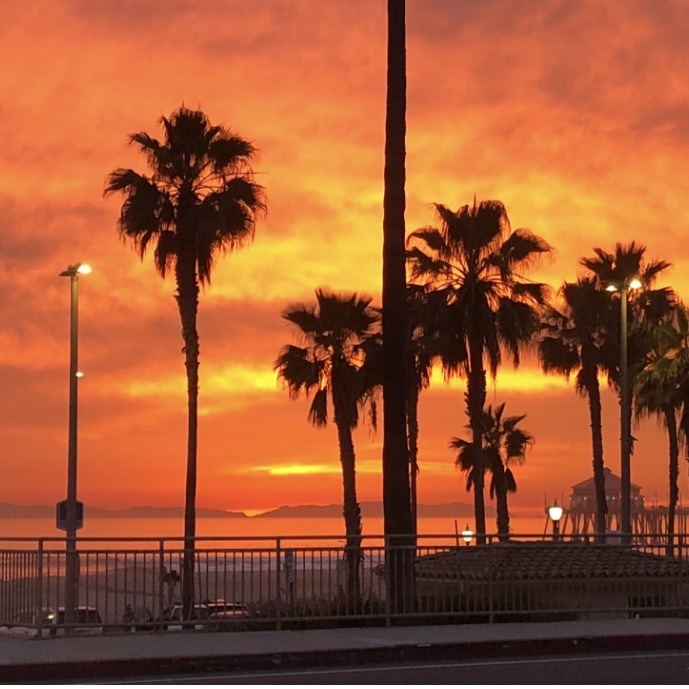

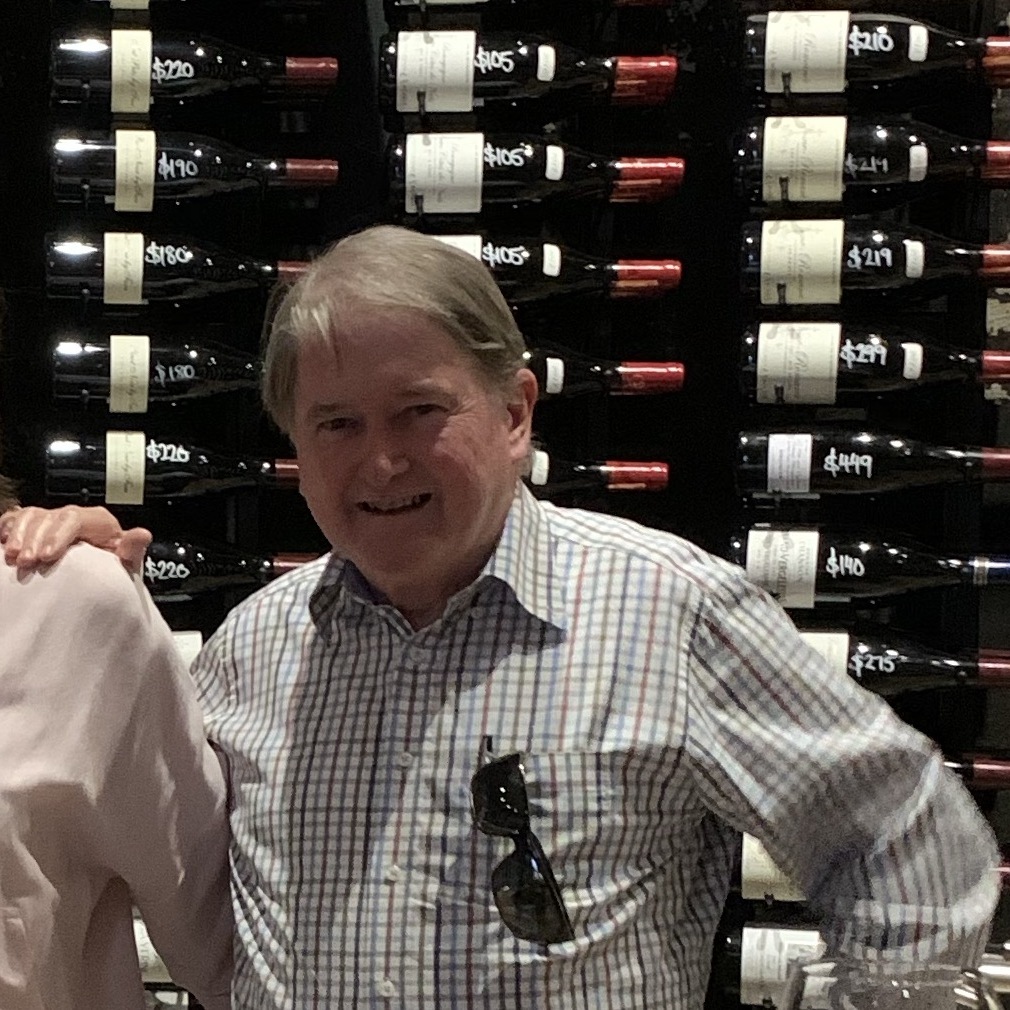

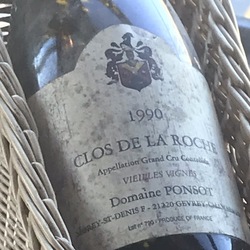

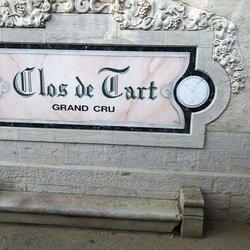
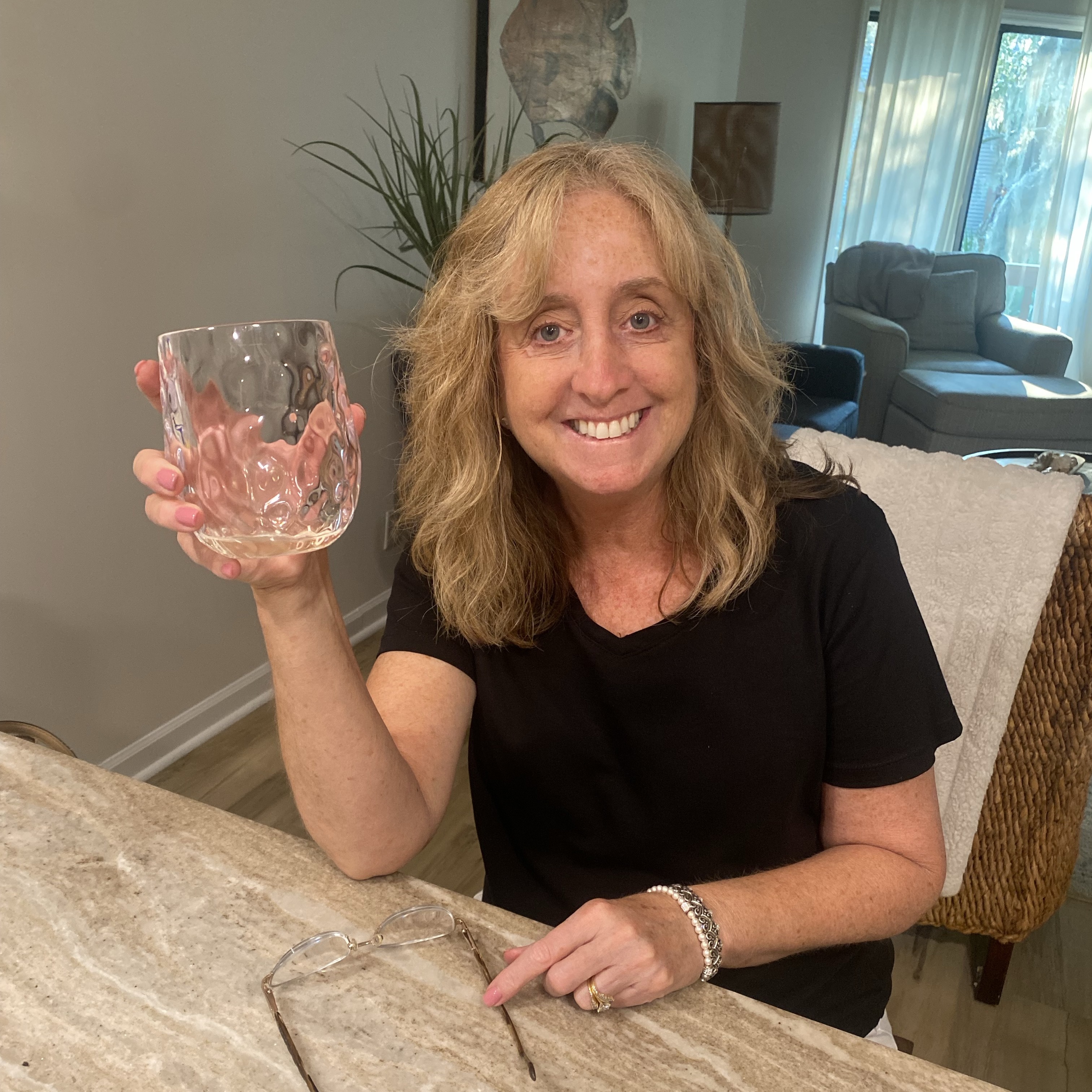



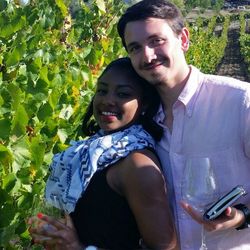


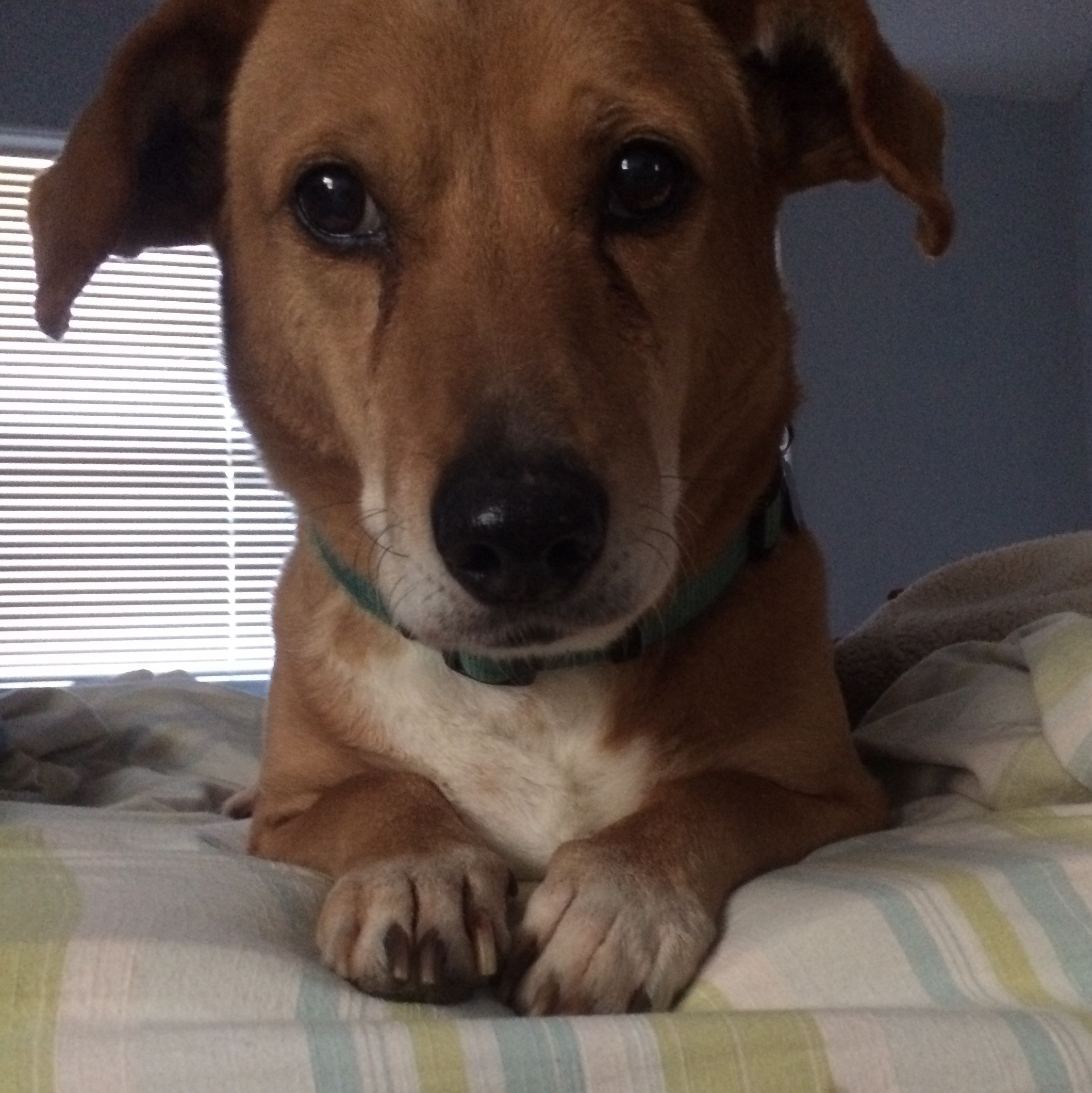

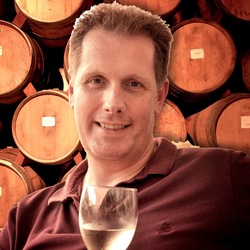
Michael Walker
Have a long history with the BV GdL but not sure if I’ve reviewed the ‘11. Decanted this one 2.5hrs and served with short ribs. The nose is the star of the show: pungent, redolent, pick your wine superlative. The palate just slight underwhelms after the overwhelming nose but still superb. Probably peak aging or maybe slightly past. — 3 years ago